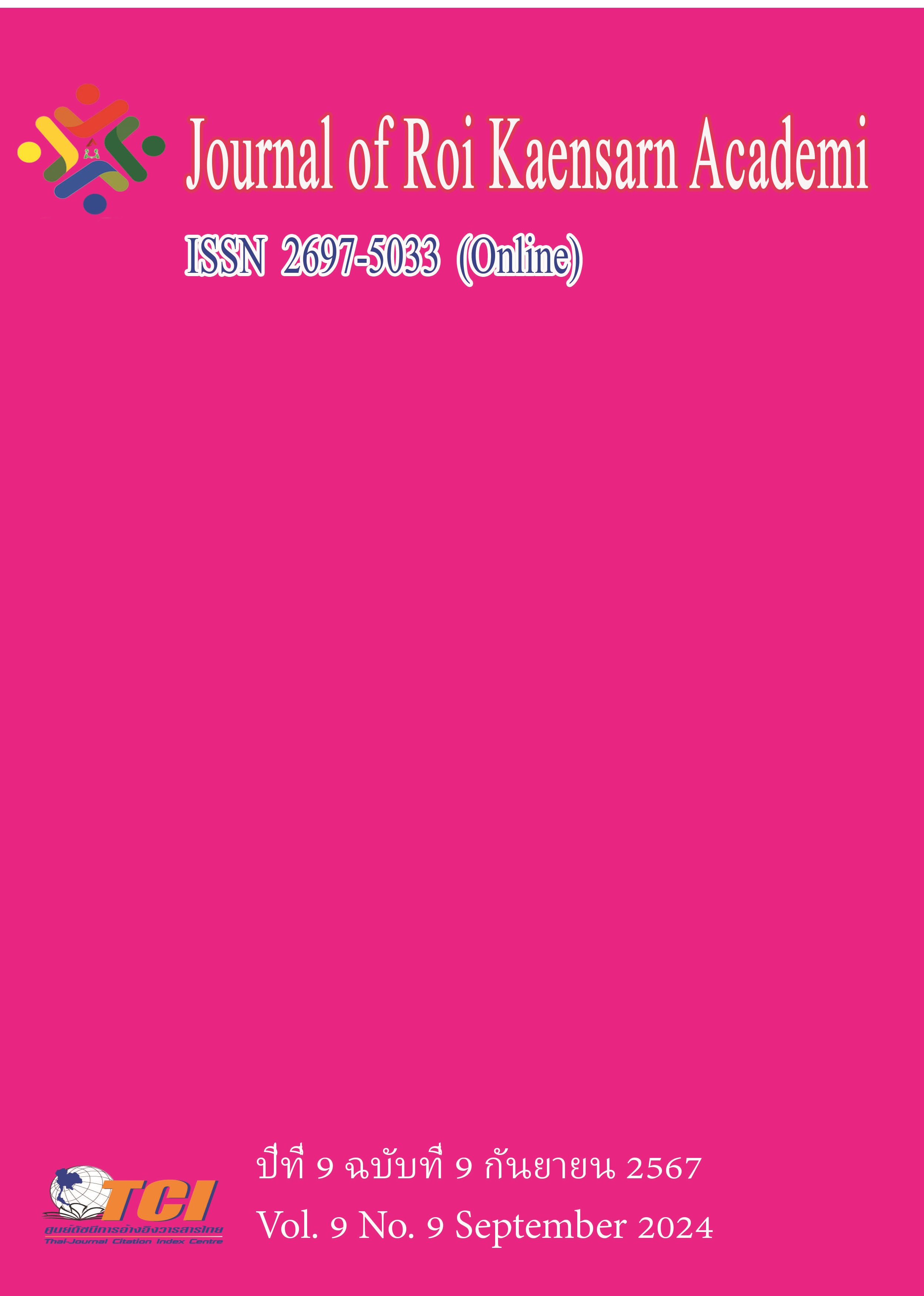The Research on Sports Risk Management and Strategy in Higher Vocational Colleges in China: A Case Study of Guizhou in China
Main Article Content
บทคัดย่อ
In recent years, China's rapid economic and social development has led to significant expansion in vocational education, including school sports programs in vocational colleges. However, this growth has been accompanied by an increase in school sports injury accidents, raising societal concerns and potentially impeding the development of higher vocational sports. This study aims to investigate the safety risks associated with school sports in Chinese higher vocational colleges, utilizing risk management knowledge systems to analyze and provide recommendations for mitigating these risks. The research employs a theoretical analysis approach, exploring basic concepts of risk management, including risk connotation and risk management content. It analyzes the entire risk management process, with a particular focus on the procedures and methods of risk identification and risk assessment in the context of higher vocational school sports. The study identifies key safety risks in higher vocational school sports and outlines the process of risk management applicable to this context. Based on this analysis, the study offers decision-making recommendations for managing and mitigating safety risks in higher vocational school sports. These findings contribute to the development of more effective risk management strategies in vocational education sports programs, potentially reducing accidents and promoting safer sporting environments in Chinese higher vocational colleges.
Article Details
เอกสารอ้างอิง
Chen, L., Wang, H., & Zhang, Y. (2021). Legal implications of sports injuries in Chinese higher education institutions: A case study analysis. Journal of Sports Law and Policy, 15 (3), 225-240.
Liang Lin, Liang Dong (2022). On the major categories of school sports risks and the response to sports safety risks. Youth Sports (10), 26-29.
Liu Jing (2022). Research on the reform of higher vocational sports courses under the practice orientation [Doctoral dissertation, Hubei University of Technology]. CNKI.
Li, Q., & Zhou, M. (2024). Psychological aspects of risk perception among vocational college students in sports activities. Journal of Sports Psychology, 28 (1), 45-62.
Liu, J., Li, X., & Chen, Y. (2022). A comprehensive review of sports injury prevention strategies in Chinese schools. International Journal of School Health and Safety, 10 (2), 112-130.
Wan Hua. (2003). Modern project risk management methods and practices. Beijing: Science Press.
Wang Cheng. (1997). Competitive strategy and risk management. Commercial Press.
Wang Didi. (2011). Research on school sports safety risk management [Unpublished doctoral dissertation]. Beijing: Beijing Sport University.
Wang Didi. (2011). Research on school sports safety risks, Journal of Beijing Sport University: Sports Humanities and Social Sciences Edition.
Wang Didi. (2023). Research on school sports safety risk management [Doctoral dissertation, Beijing Sport University]. CNKI.
Wang, R., Zhang, L., & Liu, S. (2023). Comparative analysis of sports risk management practices in regular universities and vocational colleges in China. Higher Education Risk Management, 18 (4), 301-318.
Xie Wenlong (2023). Analysis and content optimization of physical education teaching in Guangxi vocational colleges [Doctoral dissertation, Guangxi Normal University]. CNKI.
Zhang Dachao, Yang Jun, Li Min. (2019). Research on the latest theoretical system and risk response practice model of foreign sports risks. Research report on sports social science project of the General Administration of Sports of China.
Zhang Zuoming. (2008). Research on the risk of sports injuries in colleges and universities Journal of Xi'an University of Architecture and Technology Social Sciences.
Zhang, T., & Wang, F. (2023). Current state of risk management in vocational college sports programs: A multi-provincial study in China. Vocational Education Research, 32 (2), 178-195.

